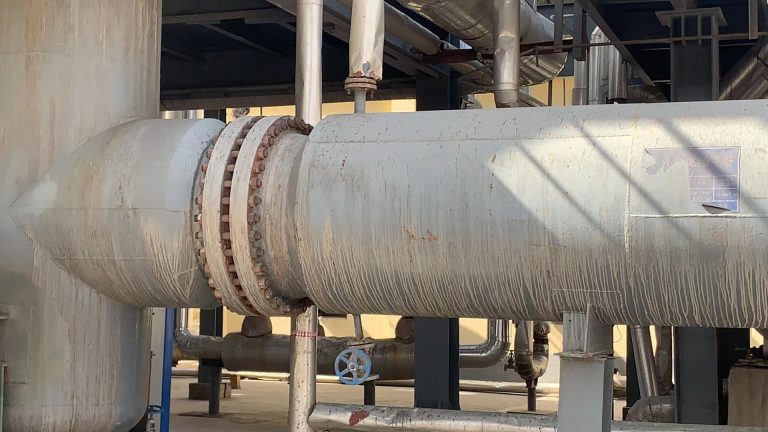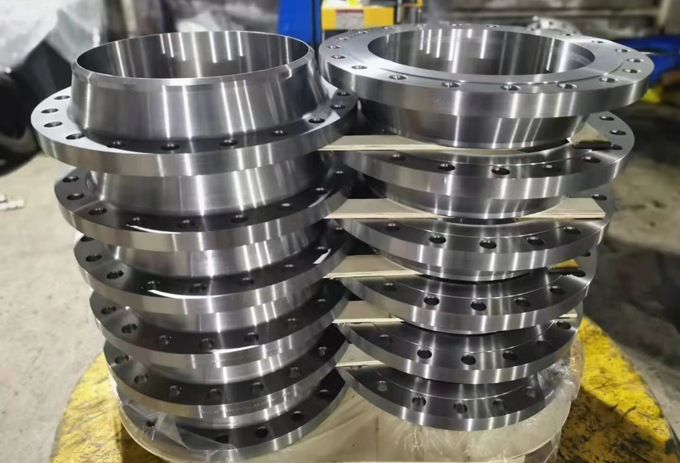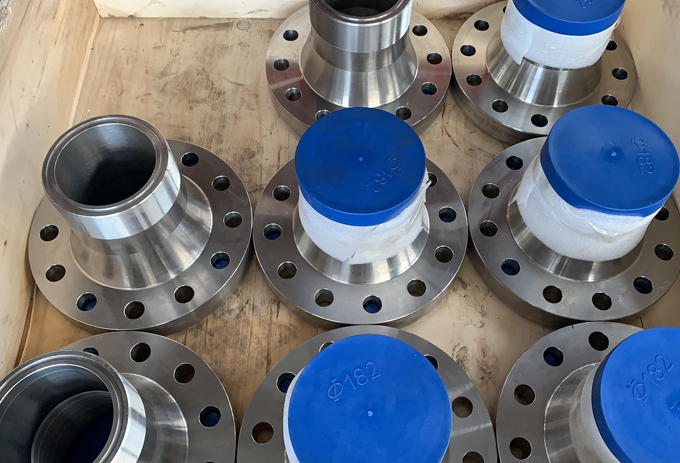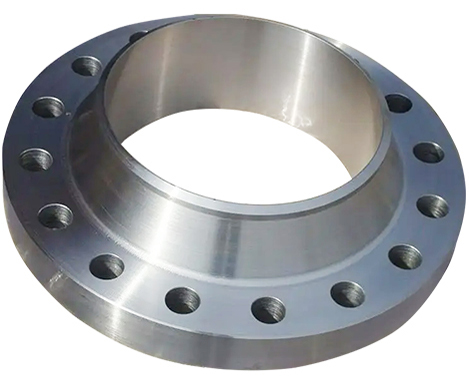Flange dimensions play a crucial role in the design and construction of pressure vessels. These vessels, commonly used in industries such as manufacturing, oil and gas, and chemical processing, are subjected to high internal pressures that require robust and secure connections. Flanges provide a vital link between different components of a pressure vessel, ensuring leak-proof and reliable operation. Accurate flange dimensions, including face ID, face OD, gasket ID, and gasket OD, are essential for proper alignment and sealing. In this blog, we will delve into the calculations involved in determining these dimensions and explore how YANHAO, a reputable company in the field, excels in providing expertise, authoritativeness, and trustworthiness in flange dimension calculations.
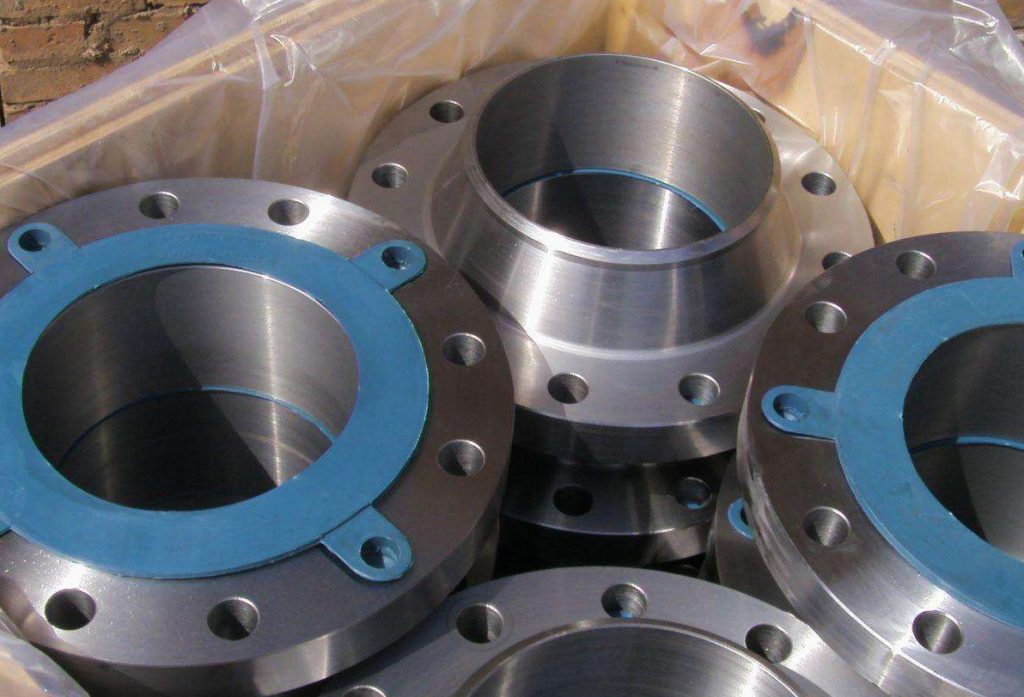
I. What are Flange Dimensions?
A. Explanation of face ID, face OD, gasket ID, and gasket OD
Flange dimensions refer to the measurements and specifications of various components of a flange used in pressure vessels. Understanding the different dimensions is crucial for proper alignment, sealing, and overall integrity of the pressure vessel system. Here are the key components:
- Face ID (Inner Diameter): The face ID of a flange represents the inner diameter of the flange, which corresponds to the size of the mating component it connects to. This dimension determines the size of the opening or bore that the flange will accommodate.
- Face OD (Outer Diameter): The face OD of a flange represents the outer diameter of the flange. It determines the outer size and shape of the flange, providing the necessary surface area for sealing and contacting other components.
- Gasket ID (Inner Diameter): The gasket ID refers to the inner diameter of the gasket, which forms a seal between the flange faces. It should align with the face ID of the flange to ensure proper sealing and prevent leaks.
- Gasket OD (Outer Diameter): The gasket OD represents the outer diameter of the gasket, which defines its extent and contact area with the mating flanges. It should be slightly larger than the face OD to ensure proper coverage and sealing.
B. Significance of accurate flange dimensions in ensuring pressure vessel integrity
Accurate flange dimensions are of utmost importance for ensuring the integrity and reliability of pressure vessels. Here’s why:
- Leak prevention: Flanges are critical components in pressure vessels that connect and seal various parts together. Proper alignment and dimensions are essential for creating a leak-proof joint. If flange dimensions are not accurately determined, it can result in gaps, misalignment, or excessive stress on the gasket, leading to leaks and potential safety hazards.
- Structural integrity: Pressure vessels operate under high internal pressures, and flanges play a key role in maintaining structural integrity. Incorrect or imprecise flange dimensions can compromise the overall strength and stability of the vessel, potentially resulting in failure and catastrophic consequences.
- Compatibility and functionality: Flanges need to be compatible with the mating components they connect to, such as pipes, valves, or other vessels. Accurate flange dimensions ensure proper fit and functionality, allowing for the safe and efficient flow of fluids or gases within the pressure vessel system.
- Compliance with standards: Pressure vessel design and construction must adhere to industry standards and codes, such as ASME codes. These codes outline specific requirements for flange dimensions to ensure uniformity, safety, and compatibility. Using accurate flange dimensions is crucial for compliance with these standards.
In summary, accurate flange dimensions, including face ID, face OD, gasket ID, and gasket OD, are vital for achieving a reliable and robust pressure vessel system. They contribute to leak prevention, structural integrity, compatibility, and compliance with industry standards.
II. Factors Considered in Calculating Flange Dimensions
A. Industry standards and codes:
Flange dimensions are often specified by industry standards and codes, such as those set by the American Society of Mechanical Engineers (ASME). These standards ensure uniformity, compatibility, and safety across pressure vessel systems. Engineers and designers must consider these standards and codes when calculating flange dimensions.
B. Material properties and compatibility
The material properties of the flange, gasket, and mating components play a crucial role in determining the dimensions. Factors such as the strength, corrosion resistance, and thermal expansion coefficient of the materials must be considered to ensure proper compatibility and performance. Calculating flange dimensions requires evaluating the material properties and selecting the appropriate materials for the specific application.
C. Pressure and temperature conditions
The operating pressure and temperature of the pressure vessel heavily influence the design and dimensions of the flanges. A higher pressure or temperature requires the flange to have sufficient strength and thickness to withstand the forces and prevent leakage. Calculations consider these factors to determine the appropriate flange dimensions that can handle the specific pressure and temperature conditions.
D. Flange type and function
Different types of flanges, such as weld neck, slip-on, blind, or socket weld flanges, have varying dimensions and functions. The type of flange and its intended purpose influence the calculations of dimensions. For example, a weld neck flange requires a longer neck to provide additional strength, while a blind flange needs a solid plate with no bore. Factors like bolt patterns, flange face finish, and seals also impact the dimensions and are considered accordingly.
When calculating flange dimensions, engineers and designers evaluate these factors to ensure proper function, strength, and compatibility within the pressure vessel system. By considering industry standards, material properties, pressure and temperature conditions, and the specific flange type and function, they can determine accurate dimensions that contribute to the overall integrity and reliability of the pressure vessel.
III. Methods of Calculating Flange Dimensions
A. Overview of different calculation methods (e.g., ASME standards)
The calculation of flange dimensions is typically based on industry standards and codes, with ASME being one of the most commonly used standards. ASME B16.5 and ASME B16.47 are widely recognized standards that provide guidelines for calculating flange dimensions. These standards outline detailed calculations and formulas for various flange dimensions, considering factors such as pressure, temperature, and material properties.
B. Detailed explanation of the calculations for each dimension:
- Face ID (Inner Diameter):
- ASME B16.5 formula: Face ID = Nominal Pipe Size (NPS) – 2 times Raised Face Height (RFH)
- ASME B16.47 formula: Face ID = Nominal Pipe Size (NPS) – 2 times Raised Face Height (RFH) – 2 times Gasket Contact Width (GCW)
2. Face OD (Outer Diameter):
- ASME B16.5 formula: Face OD = Face ID + 2 times Raised Face Height (RFH)
- ASME B16.47 formula: Face OD = Face ID + 2 times Raised Face Height (RFH) + 2 times Gasket Contact Width (GCW)
3. Gasket ID (Inner Diameter):
- ASME B16.5 formula: Gasket ID = Pipe Outside Diameter (OD) – 2 times Raised Face Height (RFH) – 2 times Gasket Contact Width (GCW)
- ASME B16.47 formula: Gasket ID = Pipe Outside Diameter (OD) – 2 times Raised Face Height (RFH) – 4 times Gasket Contact Width (GCW)
4. Gasket OD (Outer Diameter):
- ASME B16.5 formula: Gasket OD = Pipe Outside Diameter (OD) + 2 times Raised Face Height (RFH) + 2 times Gasket Contact Width (GCW)
- ASME B16.47 formula: Gasket OD = Pipe Outside Diameter (OD) + 2 times Raised Face Height (RFH)
Note: The formulas provided here are simplified explanations. Actual calculations may involve additional variables and considerations, depending on specific flange types, standards, and requirements.
C. Examples and illustrations to enhance understanding:
- Example Calculation for Face ID (Inner Diameter):
Let’s consider a flange with a nominal pipe size (NPS) of 6 inches and a raised face height (RFH) of 0.5 inches.
Using the ASME B16.5 formula:
Face ID = NPS – 2 * RFH
Face ID = 6 – 2 * 0.5
Face ID = 5 inches
This means the inner diameter of the flange face would be 5 inches.
- Example Calculation for Face OD (Outer Diameter):
Continuing from the previous example, with a Face ID of 5 inches and an RFH of 0.5 inches.
Using the ASME B16.5 formula:
Face OD = Face ID + 2 * RFH
Face OD = 5 + 2 * 0.5
Face OD = 6 inches
Therefore, the outer diameter of the flange face would be 6 inches.
- Illustration of Gasket ID and Gasket OD:
To better understand the dimensions of the gasket, consider the following diagram:
_________
| ___ |
| | | |
| | | |
|__|___|__|
GasketIn this illustration, the gasket is placed between two flanges. The gasket contacts the raised faces of both flanges. The inner diameter (Gasket ID) is the distance between the inside edges of the gasket, and the outer diameter (Gasket OD) is the distance between the outside edges of the gasket.
- Example Calculation for Gasket ID (Inner Diameter):
Let’s assume a pipe outside diameter (OD) of 8 inches, RFH of 0.5 inches, and Gasket Contact Width (GCW) of 0.125 inches.
Using the ASME B16.5 formula:
Gasket ID = OD – 2 * RFH – 2 * GCW
Gasket ID = 8 – 2 * 0.5 – 2 * 0.125
Gasket ID = 7.25 inches
Hence, the inner diameter of the gasket would be 7.25 inches.
These examples and illustrations provide a clearer understanding of how the different dimensions are calculated for flanges. Including such visuals and scenarios can further enhance comprehension when learning about the calculation methods for flange dimensions.
Overall, a combination of detailed explanations, formulas, examples, and illustrations can help to clarify the methods used to calculate flange dimensions. These tools ensure a comprehensive understanding of the calculations and facilitate accurate dimensioning for pressure vessel flanges.
IV. Importance of Expertise, Authoritativeness, and Trustworthiness in Flange Dimension Calculations
A. Role of expertise in accurate calculations
Expertise plays a crucial role in ensuring accurate flange dimension calculations. Professionals with knowledge and experience in engineering principles, industry standards, and flange design can effectively interpret the requirements and properly apply the calculation methods. Their expertise allows them to consider various factors such as pressure, temperature, material properties, and specific flange types to determine the correct dimensions. Accurate calculations are essential for the proper functioning and safety of flange connections.
B. The significance of authoritativeness and adherence to industry standards
Authoritativeness and adherence to industry standards are vital in flange dimension calculations. Industry standards, such as ASME B16.5 and ASME B16.47, have been developed through extensive research, testing, and consensus among experts in the field. Adhering to these standards ensures consistency, reliability, and compatibility across different flange components and systems. By following authoritative standards, engineers can confidently calculate flange dimensions that are accepted and recognized within the industry.
C. Trustworthiness through quality control measures and certifications
Trustworthiness in flange dimension calculations can be established through quality control measures and certifications. Quality control ensures that calculations are performed accurately and consistently, taking into account all relevant parameters. It involves rigorous checks, reviews, and validation processes to minimize errors and ensure reliability. Additionally, certifications from recognized organizations or bodies indicate a commitment to professional standards, ethics, and continuous improvement, further enhancing trustworthiness in the accuracy of flange dimension calculations.
D. YANHAO’s expertise and commitment to providing reliable flange dimension calculations
At YANHAO, we understand the importance of expertise, authoritativeness, and trustworthiness in flange dimension calculations. We have a team of experienced engineers who specialize in flange design and calculations. Their expertise allows us to accurately interpret industry standards and perform precise calculations for flange dimensions. We strictly adhere to industry standards such as ASME B16.5 and ASME B16.47, ensuring that our calculations are in line with recognized guidelines.
To guarantee the trustworthiness of our calculations, we have implemented robust quality control measures. Our calculations undergo thorough reviews and validations to ensure accuracy and consistency. Additionally, we hold certifications from reputable organizations that demonstrate our commitment to adhering to professional standards and continuous improvement.
YANHAO is dedicated to providing reliable and accurate flange dimension calculations that meet the highest industry standards. With our expertise and trustworthiness, we aim to support our clients in designing and implementing safe and efficient flange connections.
V. Conclusion: Ensuring Flange Dimension Accuracy for Pressure Vessels
In conclusion, the accuracy of flange dimensions is of utmost importance when it comes to the design and installation of flange connections for pressure vessels. Accurate calculations ensure the proper functionality, reliability, and safety of these connections.
Expertise is vital in accurately calculating flange dimensions, as it allows for consideration of various factors and precise interpretation of industry standards. Adherence to authoritative standards ensures consistency and compatibility across different flange components and systems.
Trustworthiness in flange dimension calculations can be established through quality control measures, certifications, and a commitment to professional standards. Rigorous checks and validations minimize errors and enhance reliability.
At YANHAO, we recognize the significance of expertise, authoritativeness, and trustworthiness in flange dimension calculations. Our team of experienced engineers specializes in flange design and calculations, ensuring accurate interpretations of industry standards. We strictly adhere to recognized guidelines and implement robust quality control measures. Our certifications demonstrate our commitment to professional standards and continuous improvement.
As a trusted provider of flange dimension calculations, YANHAO aims to support clients in designing and implementing safe and efficient flange connections for pressure vessels. With our expertise and commitment to accuracy, we strive to be a reliable partner in ensuring the success of your flange connections.
Remember, accurate flange dimensions are a cornerstone of safe and reliable pressure vessel operation. Trust in YANHAO for precise and trustworthy flange dimension calculations.
Lewis Liu
Hello, I am Lewis Liu, a professional sales engineer with over ten years of experience in the flange fittings industry. I am highly knowledgeable in flange selection, installation, and maintenance. I am passionate about providing customers with the best solutions to ensure their pipeline systems run smoothly, safely, and reliably.
If you have any questions or concerns regarding flange fittings for your pipelines, whether it’s about selection, material choice, specification requirements, or any other aspect, please feel free to contact me at any time. I am committed to offering professional advice and assistance to help you make informed decisions and meet your needs.

